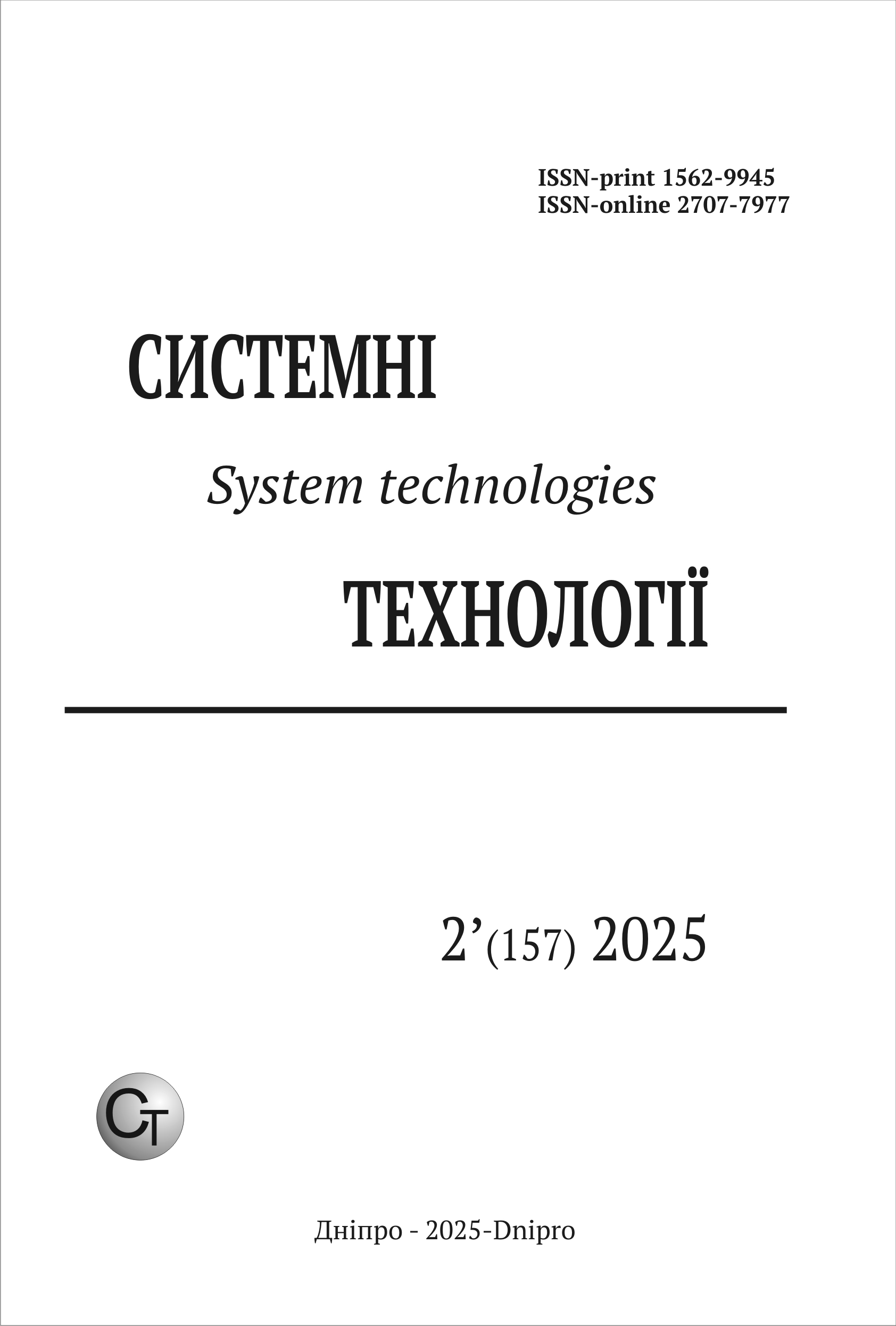Influence of 3D printing samples filling structure on their strength
DOI:
https://doi.org/10.34185/1562-9945-2-157-2025-02Keywords:
3D printing, part filling structure.Abstract
Additive manufacturing technologies, and in particular 3D printing, are a form of addi-tive manufacturing technology where a three-dimensional object is created by applying suc-cessive layers of material (printing, growing) based on a digital model. Printing is performed by a 3D printer, which creates a physical object by successively applying plastic material based on a virtual 3D model. 3D printers are typically faster, more affordable, and easier to use than other additive manufacturing technologies. 3D printers offer product developers the ability to print parts and mechanisms from multiple materials (PLA, ABS, etc.) and with dif-ferent mechanical and physical properties in a single printing process. The Infill parameter affects the strength and mechanical properties of the resulting 3D object more than others. Therefore, this parameter was investigated in this article, its effect on the strength of the printed part. The work investigated the influence of the filling structure on the mechanical properties of the part and conducted a series of experiments. A total of 5 structures were tested, namely: star, cell, lines, grid and triangle. Using the created equipment described in the article, a se-ries of experiments were conducted. According to the data obtained, it can be concluded that parts filled with triangles and stars have greater mechanical strength than with lines, grids and cells. Also, a higher modulus of elasticity is observed on these fillings. It should also be noted that the results obtained have significant measurement errors. Therefore, the results obtained should be considered only as estimates. To obtain results that can be used for stud-ies using quantitative characteristics, specialized equipment should be used. Also, the issue of anisotropy of the characteristics of the obtained samples requires further study.
References
Kruth J.-P. Progress in Additive Manufacturing and Rapid Prototyping [Text] / J.-P. Kruth, M. C. Leu, T. Nakagawa // CIRP Annals – Manufacturing Technology. – 1998. – Vol. 47, Is-sue 2. – P. 525–540.
Bruce M. R. Measurement and Simulation of Titanium Alloy Deposit Temperature in Elec-tron Beam Additive Manufacturing / M. R. Bruce, S. F. Riley, M. J. Cola, V. R. Dave, J. E. Talkington // Trends in Welding Research 2012: Proceedings of the 9th International Confer-ence. – Chicago, Illinois, USA, 2012. – P. 963–969.
Kruth J. P. Selective laser melting of iron-based powder / J. P. Kruth, L. Froyen, J. Van Vaerenbergh, P. Mercelis, M. Rombouts, B. Lauwers // Journal of Materials Processing Tech-nology. – 2004. – Vol. 149, Issue 1–3. – P. 616–622. doi: 10.1016/ j.jmatprotec.2003.11.051
Downloads
Published
Issue
Section
License
Copyright (c) 2025 System technologies

This work is licensed under a Creative Commons Attribution 4.0 International License.















